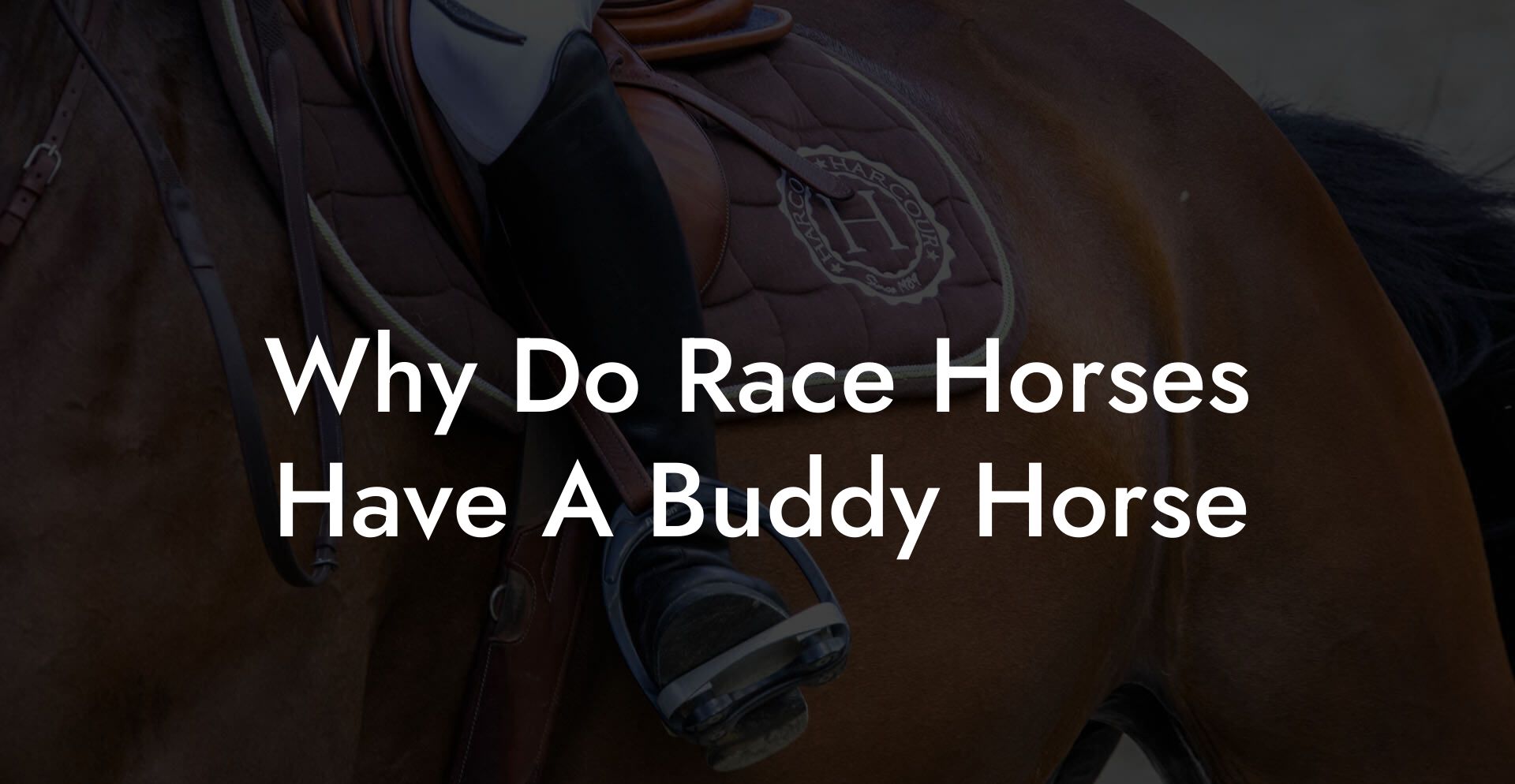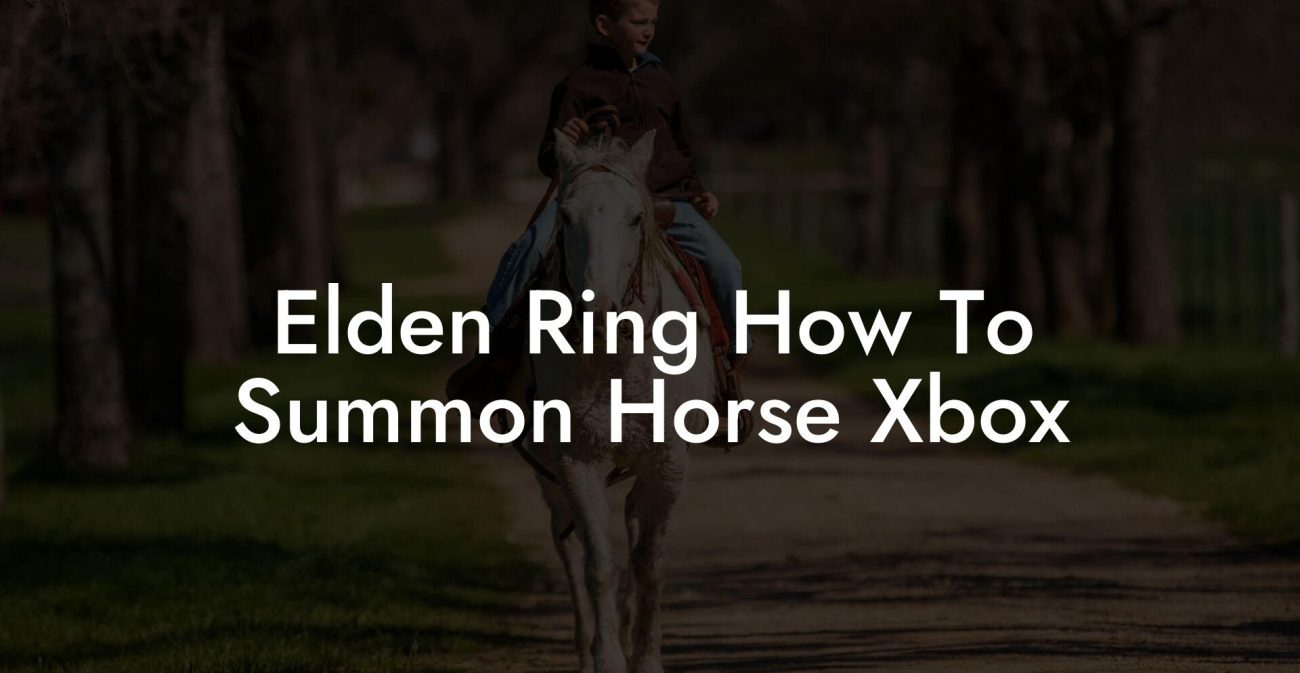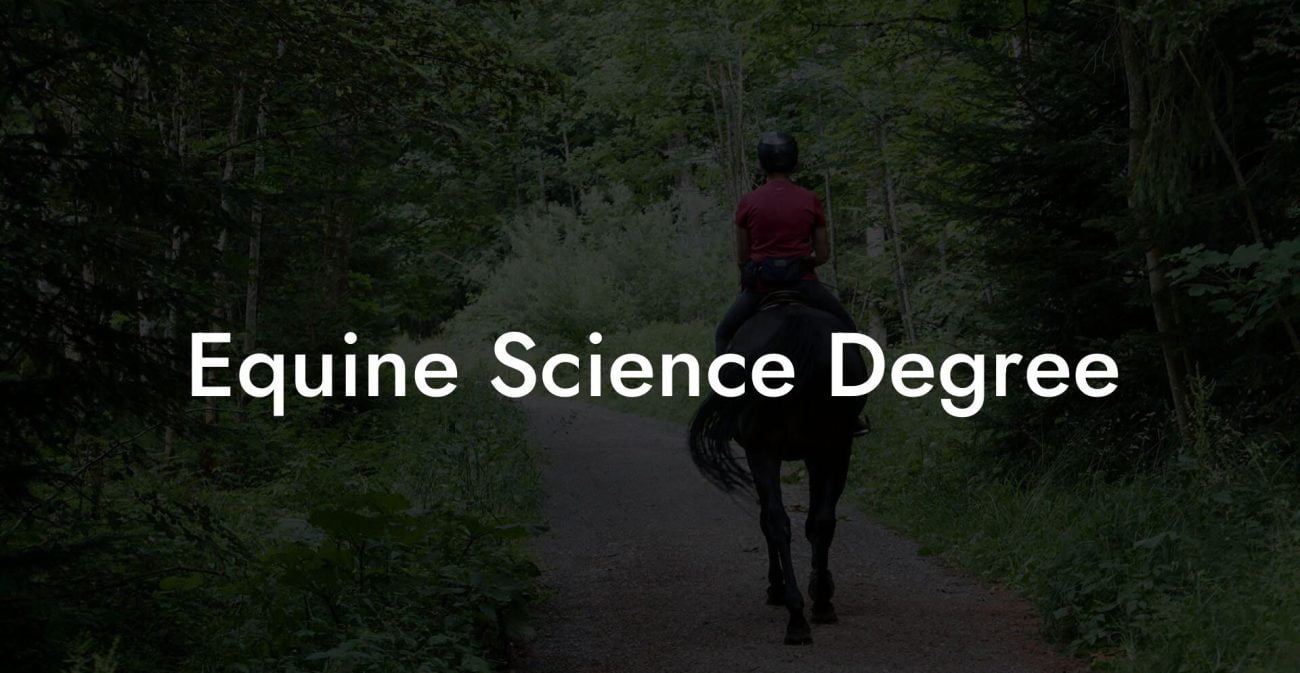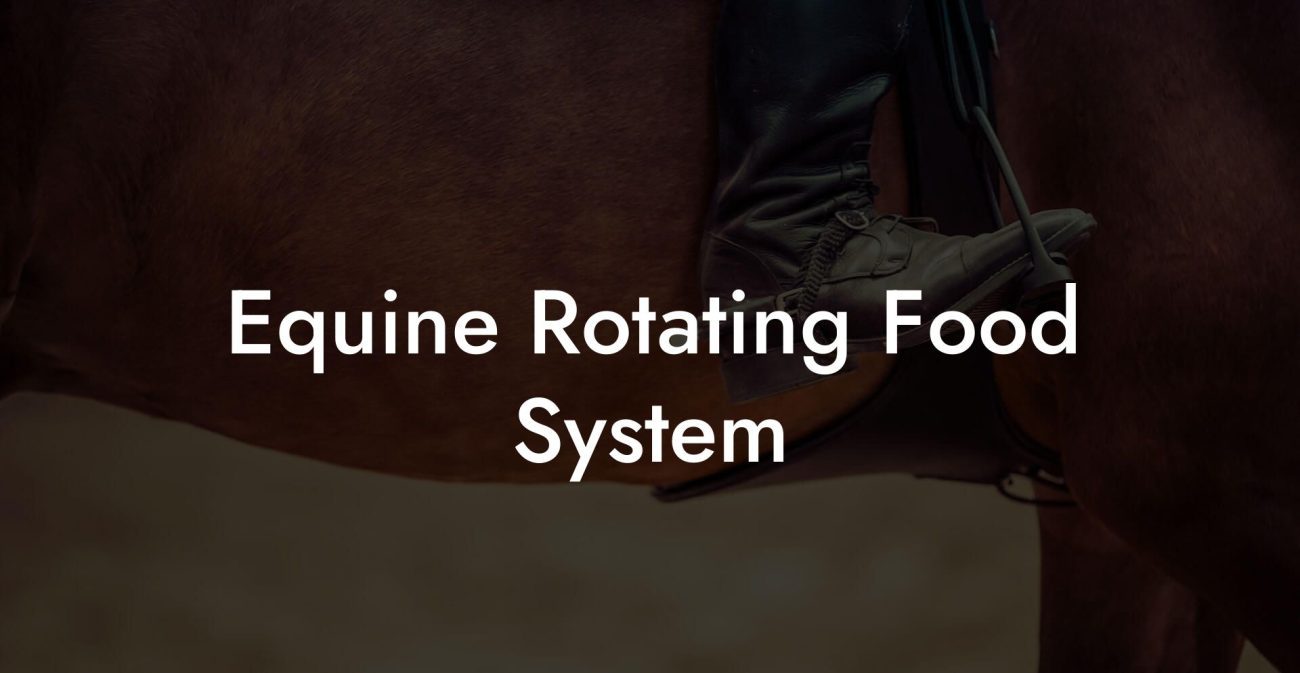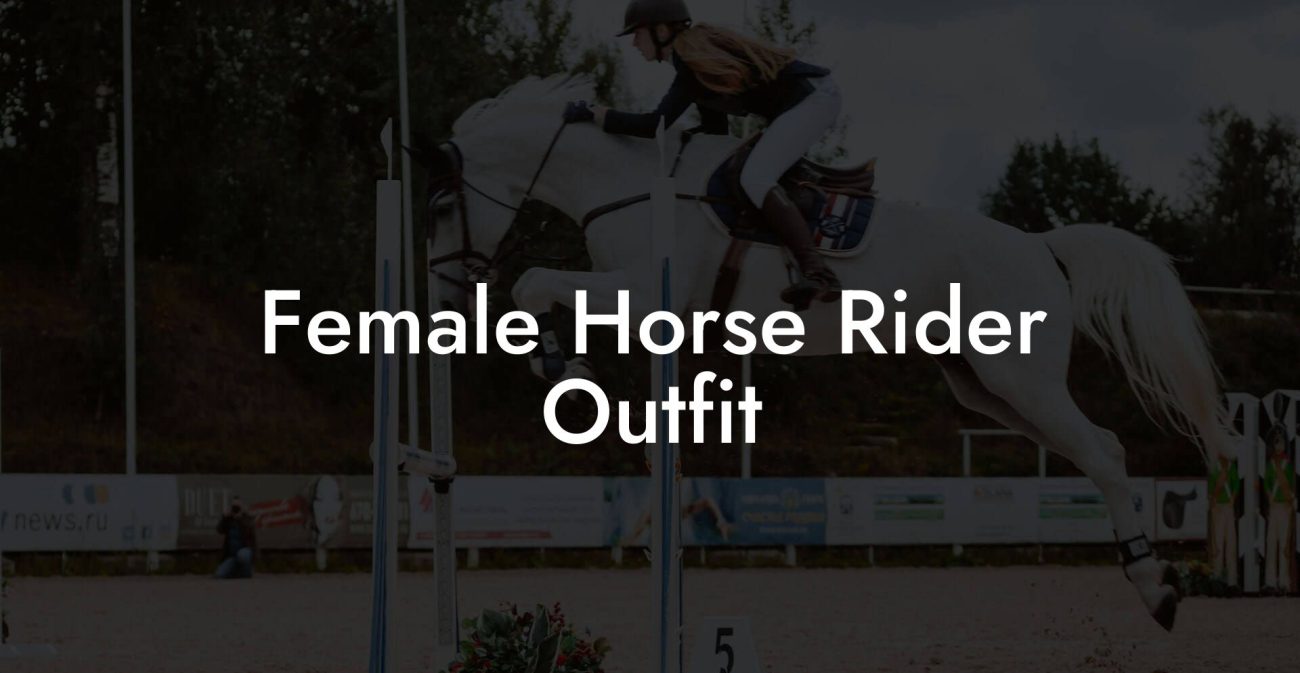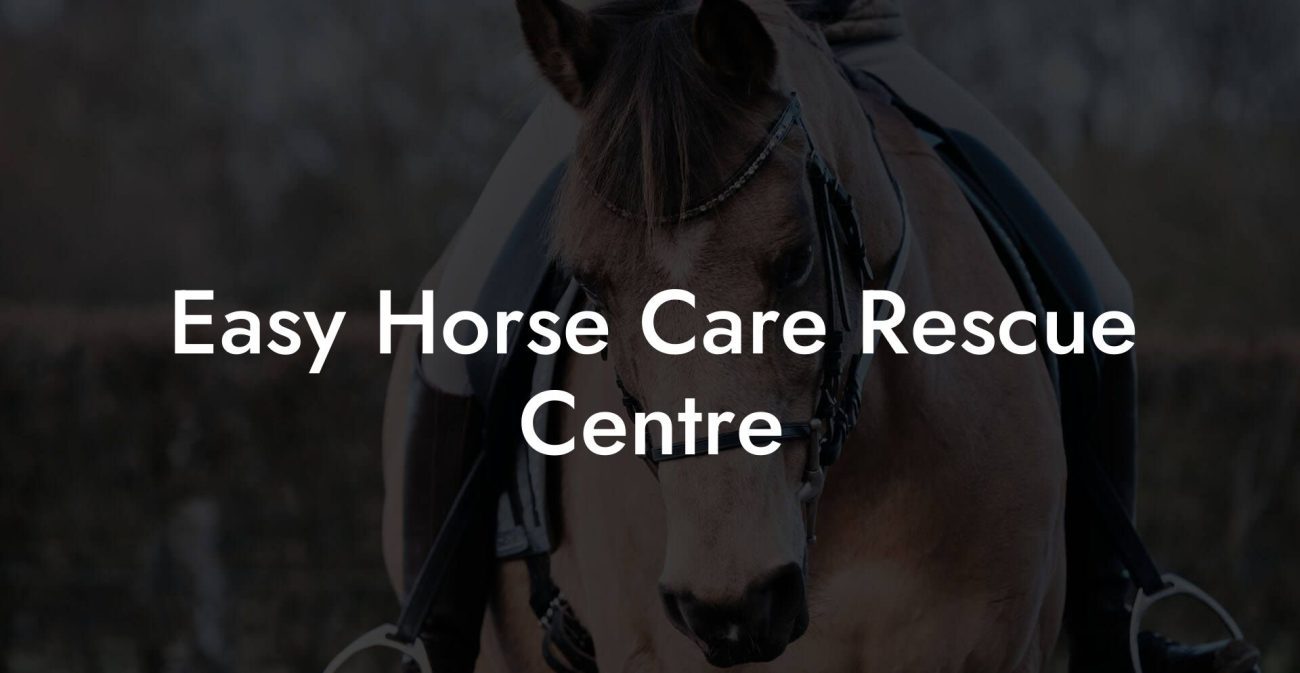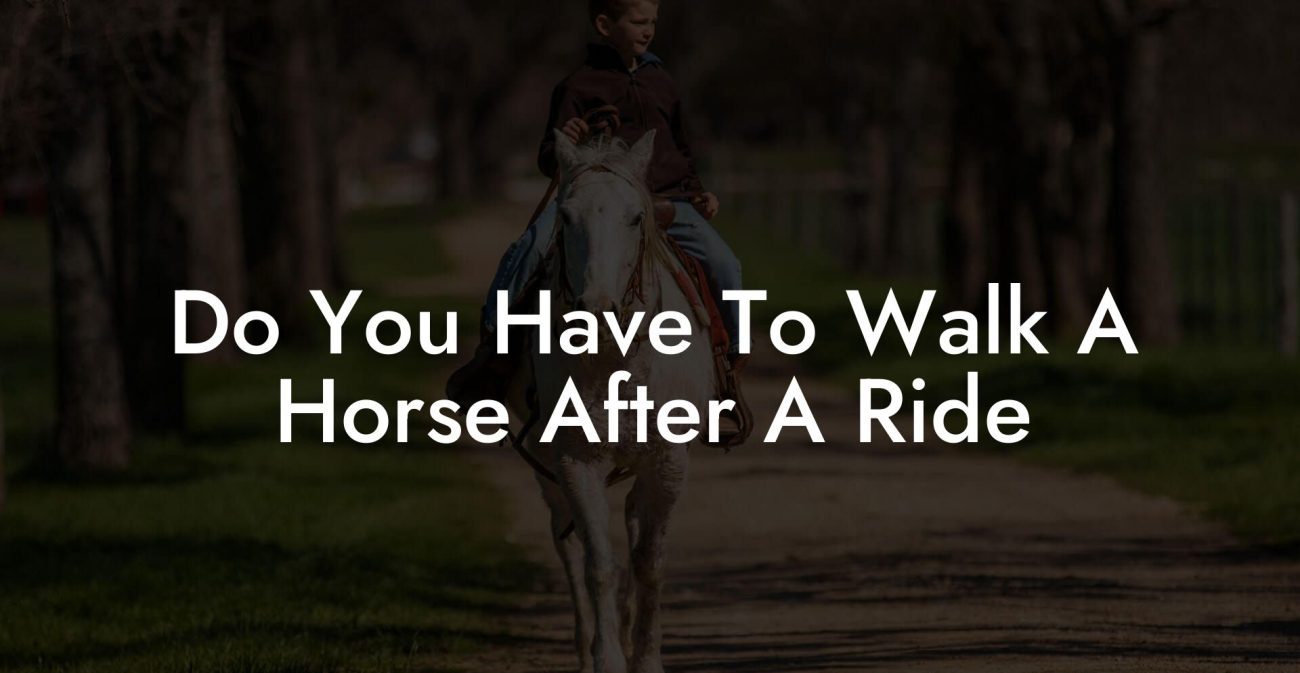Ever wondered why race horses practically have a built-in best friend, a "buddy horse" who’s always by their side, galloping through training sessions and even the big race day? In the high-octane world of horse racing, this fascinating partnership isn’t just a feel-good friendship, it’s a strategic, scientifically-backed element of equine performance and welfare. Whether you’re a seasoned equestrian or a Gen-Z/millennial horsecraze newbie looking to level up your horse care game, let’s dive deep into the captivating world of buddy horses and discover why these dynamic duos are a game changer.
Quick Links to Useful Sections
- The Buddy System: What Exactly Is a Buddy Horse?
- The Science Behind the Buddy Horse Phenomenon
- Boosting Performance: How Buddy Horses Enhance Race Capability
- Social and Psychological Perks: More Than Just a Racing Partner
- Real-Life Success Stories from the Racing Circuit
- Caring for Your Buddy Horse: Practical Tips for Owners
- 1. Matching Temperaments and Energy Levels
- 2. Gradual Introduction and Socialization
- 3. Consistent Interaction Time
- 4. Monitor health and Behavior
- 5. Create a Stimulating Environment
- Challenges and Misconceptions: Debunking Myths about Buddy Horses
- Expert Opinions: Insights from Veterinarians and Trainers
- Creating a Buddy Horse Environment: Practical Steps to Get Started
- Step 1: Assess Compatibility
- Step 2: Plan a Structured Introduction
- Step 3: Monitor Interactions
- Step 4: Integrate Buddy Time into Daily Routines
- Step 5: Evaluate and Evolve
- Resources and Community Support: Your Next Steps Toward a Buddy-Focused Stable
- Buddy Horses in the Digital Age: Innovations and Future Trends
- Frequently Asked Questions: All About Buddy Horses in Racing
- Your Path to a Thriving Buddy Horse Connection
The Buddy System: What Exactly Is a Buddy Horse?
Picture this: a racehorse in the stable, its heart pounding at the slightest stir of excitement, and right next to it, a calm, collected companion providing reassuring presence and a sense of belonging. That’s what having a buddy horse is all about. A buddy horse isn’t just any stablemate; it’s a specifically chosen partner designed to offer mutual companionship, reduce stress levels, and improve overall performance on and off the track.
But why is this relationship so important for elite athletes of the equine world? Horses are naturally gregarious animals, they thrive on social connections and have evolved to find comfort and security in the presence of their peers. The buddy system leverages this inherent behavior, ensuring that racehorses, who often face high-pressure environments and intense training regimens, have a supportive comrade to help maintain mental and emotional balance.
From reducing anxiety during transportation to diffusing the tension of competitive training, buddy horses play multiple roles that extend far beyond that of a traditional stable partner. The magic lies in the blend of camaraderie and performance reinforcement that boosts each horse’s confidence and, ultimately, their racing stamina.
The Science Behind the Buddy Horse Phenomenon
It might sound like something straight out of a heartwarming animal story, but the buddy system in racehorses is grounded in solid research. Studies in equine behavior have shown that horses, much like humans, experience stress and can benefit from the calming effects of social interactions. When two horses develop a stable bond, their stress hormones, such as cortisol, drop significantly, leading to enhanced overall performance.
Neurobiologists studying equine companions have discovered intriguing parallels with human social bonding. The release of oxytocin, famously dubbed the “love hormone,” often follows gentle interactions and mutual grooming behaviors, establishing a comforting rhythm between buddy horses. This natural calming response not only improves their physical readiness but also prepares them mentally for moments of high pressure.
In addition to the biochemical benefits, the physical presence of a trusted peer encourages more natural behavior patterns. In an environment where isolation can lead to anxiety and decreased performance, two horses working in tandem often become more motivated, cooperative, and even playful during their routines. This social synergy translates into better training sessions and race day focus, proving that the buddy system is much more than a mere quirk of nature, it’s a performance enhancer.
Boosting Performance: How Buddy Horses Enhance Race Capability
When we talk about performance in the world of horse racing, speed and endurance are everything. But behind those impressive times and powerful strides, there’s a quiet but potent ally influencing every step: the buddy horse connection.
Imagine training alongside a true friend, someone who’s always there to encourage you when the going gets tough. Racehorses with a buddy often display improved focus during training sessions. They are more willing to take on challenging drills and show lower stress levels that can otherwise lead to distracted or erratic behavior. In essence, having a buddy horse creates a more harmonious environment, optimizing both individual and group performance.
Additionally, buddy horses tend to mimic each other’s energetic levels and work ethics. When one horse shows a burst of enthusiasm during a sprint or a quick recovery from a stumble, its buddy often follows suit. It’s like having a built-in cheerleader that helps maintain a competitive yet collaborative spirit. This mutual drive not only enhances the training effectiveness but also instills the discipline required for high-stakes racing.
Beyond the speed aspect, buddy horses also contribute to the overall mental resilience needed for racing. The psychological safety net provided by a trusted companion fosters a calmer mindset and reduces pre-race jitters. This means that while every racehorse is built for speed, it’s the supportive, buddy-induced synergy that often becomes the secret ingredient behind consistent performance and enduring stamina.
Social and Psychological Perks: More Than Just a Racing Partner
Think about your favorite study partner or workout buddy who just gets you, the one that makes even mundane training sessions enjoyable. That’s exactly what a buddy horse represents in the equine world. Their companionship extends far beyond physical race training; it enhances social interactions and overall well-being.
Racehorses often endure intense isolation during transport or while confined in stables, conditions that can induce stress and anxiety. A buddy horse acts like a moving comfort zone, providing familiarity, reducing feelings of loneliness, and even helping with behavioral training. When horses interact with their buddies, it triggers positive social behaviors such as mutual grooming and playful nipping, which are crucial for bonding and stress regulation.
The psychological benefits are just as valuable as the physical ones. With a trusted friend around, a racehorse is less likely to exhibit destructive behavior, such as box walking or excessive agitation. Instead, the calming influence of a buddy promotes a balanced temperament, crucial for handling the rollercoaster of high-pressure races. Plus, in the modern era of equine performance, trainers are more aware of these benefits, actively incorporating buddy systems into their stable management practices.
For trainers and owners, recognizing and nurturing these bonds can be a game changer, not just by boosting race performance, but by ensuring that their horses are happy, confident, and ready to face any challenge head-on. In a way, the buddy system is a win-win, creating a supportive network that reinforces both physical capability and mental acuity.
Real-Life Success Stories from the Racing Circuit
Let’s get into some real-life tales that prove the incredible impact of buddy horses. Consider the dynamic duo known in racing circles as "Thunder" and "Lightning." These two thoroughbreds weren’t just training partners, they developed a bond so strong that their trainers were convinced of their unique potential to outperform the competition.
Thunder, known for his fiery speed, was notorious for occasional bouts of anxiety before races. Enter Lightning, a calm, steady presence who naturally tempered Thunder’s jitters. During training sessions, Lightning’s relaxed demeanor would ripple through the herd, easing tension and creating an environment where every horse could focus. Over time, Thunder's performance improved dramatically, and it wasn’t long before their remarkable chemistry earned them accolades on the track.
In another inspiring case, a pair of younger horses, affectionately named "Buddy" and "Champ," were initially regarded as unremarkable prospects due to their timid behavior. However, once introduced as buddies, their natural camaraderie unlocked hidden strengths. Their synchronized strides and mutual encouragement during training sessions showcased a distinct improvement in both speed and endurance. Their journey from shy novices to competitive race stars highlights just how influential early social bonds can be in nurturing future champions.
Stories like these aren’t rare. Across stables worldwide, owners and trainers observe that horses with positive, supportive relationships are not only happier but also consistently outperform their isolated counterparts. It’s a testament to the idea that in the high-energy environment of horse racing, every edge counts, even if that edge comes in the form of a loyal buddy.
Caring for Your Buddy Horse: Practical Tips for Owners
So, you’re sold on the benefits of buddy horses and eager to apply this winning strategy in your own stable or for your favorite equine athlete. But creating and maintaining a healthy buddy relationship requires some finesse and a bit of know-how. Here are some practical tips to ensure that both horses in the duo thrive.
1. Matching Temperaments and Energy Levels
Just like in any friendship, finding the right match is key. Look for horses whose temperaments complement each other. A pair of overly dominant personalities might clash, while a naturally anxious horse paired with a calm, soothing companion may experience a balance that reduces stress and encourages confidence.
2. Gradual Introduction and Socialization
Don’t force the connection. Start by introducing the horses in neutral spaces so they can interact without territorial aggression. Gentle supervision during their initial interactions helps identify any potential issues and allows you to intervene before minor disagreements escalate.
3. Consistent Interaction Time
Establish daily routines where the buddy horses can interact freely. Whether it’s during turnout hours in a spacious paddock or dedicated play sessions, consistent time spent together nurtures the bond and reinforces their connection.
4. Monitor health and Behavior
Keep an eye out for any changes in behavior or health. Sometimes, an unusual sign can indicate that one horse is stressed or isn’t adjusting well to the buddy system. Early intervention by a veterinarian or an equine behaviorist can keep the pair on track, and happy.
5. Create a Stimulating Environment
Enrich their surroundings with toys, varied terrain, and periodic new activities. A stimulating environment encourages natural behaviors, making the bonding process fun and engaging rather than just another chore in their daily routine.
By implementing these strategies, you can cultivate a supportive environment that not only benefits the horses’ mental and physical health, but also enhances their performance in races. Remember, a happy horse is more than just a speedy competitor, it’s a confident and sociable athlete, ready to take on whatever challenges come its way.
Challenges and Misconceptions: Debunking Myths about Buddy Horses
While the buddy system has many advantages, it’s not without its challenges and misconceptions. One common myth is that horses in a buddy relationship may become overly dependent on each other, leading to problems when they are separated for travel or individual training sessions. However, research and field experience reveal that a well-managed buddy system actually fosters resilience. Horses learn a balanced level of social dependence, which helps them remain calm during eventual separations.
Another misconception is that pairing horses together might trigger competition over resources such as food, water, or even the attention of the trainer. In reality, careful management and strategic scheduling can easily mitigate such issues. For instance, feeding routines and turnout schedules can be designed in such a way that eliminates resource-based competition, ensuring that the focus remains squarely on building a positive bond.
Some trainers worry that if one horse is weaker or has behavioral issues, it might drag the entire buddy dynamic down. However, with proper assessment and matching, the companion can actually serve as a calming influence, gradually encouraging better behavior and improved performance through positive reinforcement. In fact, many studies have shown that even a horse experiencing low performance or stress can exhibit a marked improvement when paired with an emotionally stable and confident partner.
Ultimately, the key is understanding the individuality of each horse. When implemented thoughtfully, the buddy system becomes a tool not just for improving racing performance, but also for enhancing overall equine welfare. It's about celebrating the unique personality and needs of each horse while fostering an environment built on mutual trust and shared energy.
Expert Opinions: Insights from Veterinarians and Trainers
Hearing from the experts can truly cement the value of the buddy horse approach. Renowned equine veterinarians and experienced trainers consistently highlight the importance of social bonds in horse management. Dr. Elaine Newton, a leading equine behaviorist, emphasizes that “horses are herd animals by nature, and the psychological benefits of social connection are immense. A well-paired buddy system can significantly reduce stress-induced health issues and promote a more balanced mental state, which is crucial when preparing for the dynamism of a race.”
Similarly, veteran trainer Marcus Reed shares, “In my decades on the track, I’ve seen how a strong bond between horses can make all the difference on race day. The buddy system isn’t merely a welfare initiative, it’s a performance strategy. Horses that train together, play together, and even groom each other’s flanks often exhibit superior focus and endurance. It’s the secret sauce that helps transform raw potential into championship performance.”
These insights underscore that the buddy system is not a fleeting trend but a well-documented, empirically validated practice that benefits both the physical conditioning and emotional well-being of racehorses.
Creating a Buddy Horse Environment: Practical Steps to Get Started
If you’re inspired to bring the buddy system into your stable, here are some practical steps to cultivate a thriving buddy environment:
Step 1: Assess Compatibility
Start by evaluating the temperaments and energy levels of your horses. Look for natural affinities, trustworthy, calm horses can often offer the perfect foil for more energetic or nervous companions.
Step 2: Plan a Structured Introduction
Organize short, supervised meet-ups in a neutral area where the horses can interact freely without the usual territorial anxieties. Gradually increase these sessions as they become more comfortable with each other.
Step 3: Monitor Interactions
Keep a close eye on their initial interactions. Note any signs of stress or over-excitement, and adjust the pairing if necessary. Remember, the goal is to nurture a calming and supportive relationship.
Step 4: Integrate Buddy Time into Daily Routines
Consistency is key. Make buddy time a regular part of their daily routine, be it during turnout, pre-training warm-ups, or even post-training cool-downs. This consistency builds trust and strengthens their bond.
Step 5: Evaluate and Evolve
Just as with any relationship, periodic assessments are necessary. Revisit their interactions on a weekly or monthly basis to ensure that both horses are benefiting from the bond. Don’t be afraid to make changes if one horse seems to require additional support or if temperaments shift over time.
Implementing these steps not only creates a harmonious atmosphere but also directly translates into improved performance and healthier, happier racehorses. The buddy system is about more than just racing, it’s about building a sustainable, supportive community that benefits every level of equine care.
Resources and Community Support: Your Next Steps Toward a Buddy-Focused Stable
Transitioning to a buddy-based environment in your stable takes commitment and a willingness to embrace a holistic approach to horse care. Luckily, you’re not alone on this journey. There are countless online communities, professional networks, and resources tailored specifically to progressive horse management techniques.
Online forums and social media groups offer a platform for sharing experiences, troubleshooting challenges, and celebrating small wins in the buddy system journey. Websites dedicated to equine behavior and welfare often publish case studies, expert interviews, and best practices that you can adapt to your unique setting.
For those who prefer face-to-face guidance, local equine clubs, training academies, and veterinary schools frequently hold workshops on the benefits of social bonding in horses. These sessions provide hands-on techniques and real-world insights you can immediately integrate into your management routine.
Additionally, consider investing in literature and online courses that explore advanced topics such as equine psychology, herd dynamics, and performance-enhancing environmental design. With the right resources at your fingertips, you’ll be empowered to craft a buddy-supportive stable that not only optimizes race performance but also ensures lasting welfare and happiness for your horses.
Embracing the buddy system also means joining a community of like-minded enthusiasts, trainers, owners, and veterinarians who value innovation, compassionate care, and the proven benefits of social connectivity in equine performance. Your next step is to tap into this wealth of collective wisdom, apply the strategies that resonate with your stable’s needs, and witness the transformative impact on your horses.
Buddy Horses in the Digital Age: Innovations and Future Trends
In today’s rapidly evolving digital landscape, technology isn’t just transforming how we train and care for athletes, it’s revolutionizing equine management too. Modern trainers are now incorporating wearable technology, data analytics, and even virtual reality simulations to monitor and enhance the buddy horse system.
Imagine equipping your horses with devices that track heart rates, stress levels, and physical activity throughout the day. These data points help you fine-tune their training schedules and optimize their buddy interactions, ensuring that every moment spent together is beneficial. With real-time insights, minor behavioral shifts can be spotted early, allowing for timely interventions.
Likewise, digital platforms are emerging that allow trainers and veterinarians to share data and success stories from around the globe. These innovations are not only enhancing the buddy system but are also helping to standardize best practices in stable management. The future of equine care is increasingly data-driven, and integrating modern technology with age-old wisdom about the benefits of buddy horses is setting the stage for smarter, more compassionate horse racing.
Whether you’re a tech-savvy millennial or a forward-thinking Gen-Z equine enthusiast, adopting these digital tools can elevate your understanding of buddy dynamics, reinforcing the idea that high performance doesn’t have to come at the expense of well-being. It’s about merging tradition with technology, creating a balanced environment where every carina, muscle, and heartbeat contributes to a thriving, connected community.
Frequently Asked Questions: All About Buddy Horses in Racing
Below are some frequently asked questions about the buddy horse system, providing clarity on how these relationships function and why they’re essential to today’s racing environment:
1. Why do race horses need a buddy horse?
Buddy horses help reduce stress and anxiety by providing companionship, promoting natural social behaviors, and creating a harmonious training environment, ultimately enhancing both performance and overall well-being.
2. What makes a good buddy pairing?
A good buddy pairing involves matching horses with complementary temperaments and energy levels. Compatibility, gradual introductions, and continuous positive reinforcement are key to building a strong, supportive relationship.
3. How does the buddy system improve racing performance?
The buddy system reduces stress-induced fluctuations in performance and fosters a calm, focused mindset during training and races. The social interaction and mutual encouragement between horses boost both physical and emotional readiness.
4. Can technology assist in managing buddy relationships?
Absolutely. Wearable technology, data analytics, and digital tracking tools allow trainers to monitor vital signs and behavior patterns, ensuring that the buddy system is functioning optimally for each horse.
5. Is the buddy system applicable only in competitive racing?
Not at all. While particularly beneficial for high-performance racehorses, the buddy system is effective in all equine settings as it enhances social well-being and reduces stress, contributing to overall health.
6. How do I introduce a new buddy to an established group?
Introduce the new horse slowly and in a neutral environment. Use supervised sessions to observe interactions and gradually integrate the newcomer into the stable’s daily routine.
7. What should I do if the buddy pairing isn’t working?
Monitor the interactions closely and consult with an equine behaviorist. Sometimes, slight adjustments in the environment or timing can resolve compatibility issues, but sometimes a new pairing might be necessary.
Your Path to a Thriving Buddy Horse Connection
The journey towards establishing an effective buddy horse system is much like the relationship between the horses themselves, a continuous process of learning, adapting, and growing together. Integrating this method into your stable not only provides your racehorses with a natural support system but creates an environment where they can truly excel, free from the burdens of isolation and stress.
As you embrace this innovative approach, think of each interaction as a building block to a healthier, happier equine community. Every grooming session, every shared moment during training, and every calm interaction reinforces that the key to peak performance is not just raw speed or physical prowess, it’s also the unspoken language of trust and friendship.
Whether you’re just beginning your journey into advanced horse care techniques or looking to refine the stability of your established stable, the buddy horse system offers a blueprint for success. It’s an opportunity to combine cutting-edge research with time-honored equine wisdom, ensuring that every horse thrives in an atmosphere filled with companionship, mutual encouragement, and an unwavering commitment to excellence.
So, let your eyes be opened to this innovative approach. Challenge the old norms, experiment with buddy pairings, and celebrate the small victories along the way. With the right strategies, tools, and community support, your stable can become a shining example of how social connections can pave the way for both sporting success and perpetual well-being.
Embrace the modern buddy system, a practice that not only perfects the performance on the track but also promotes the holistic care of your horses every step of the way. Your journey into the world of buddy horses begins today, let the strong bond guide you and your equine companions to new heights of achievement and happiness.

